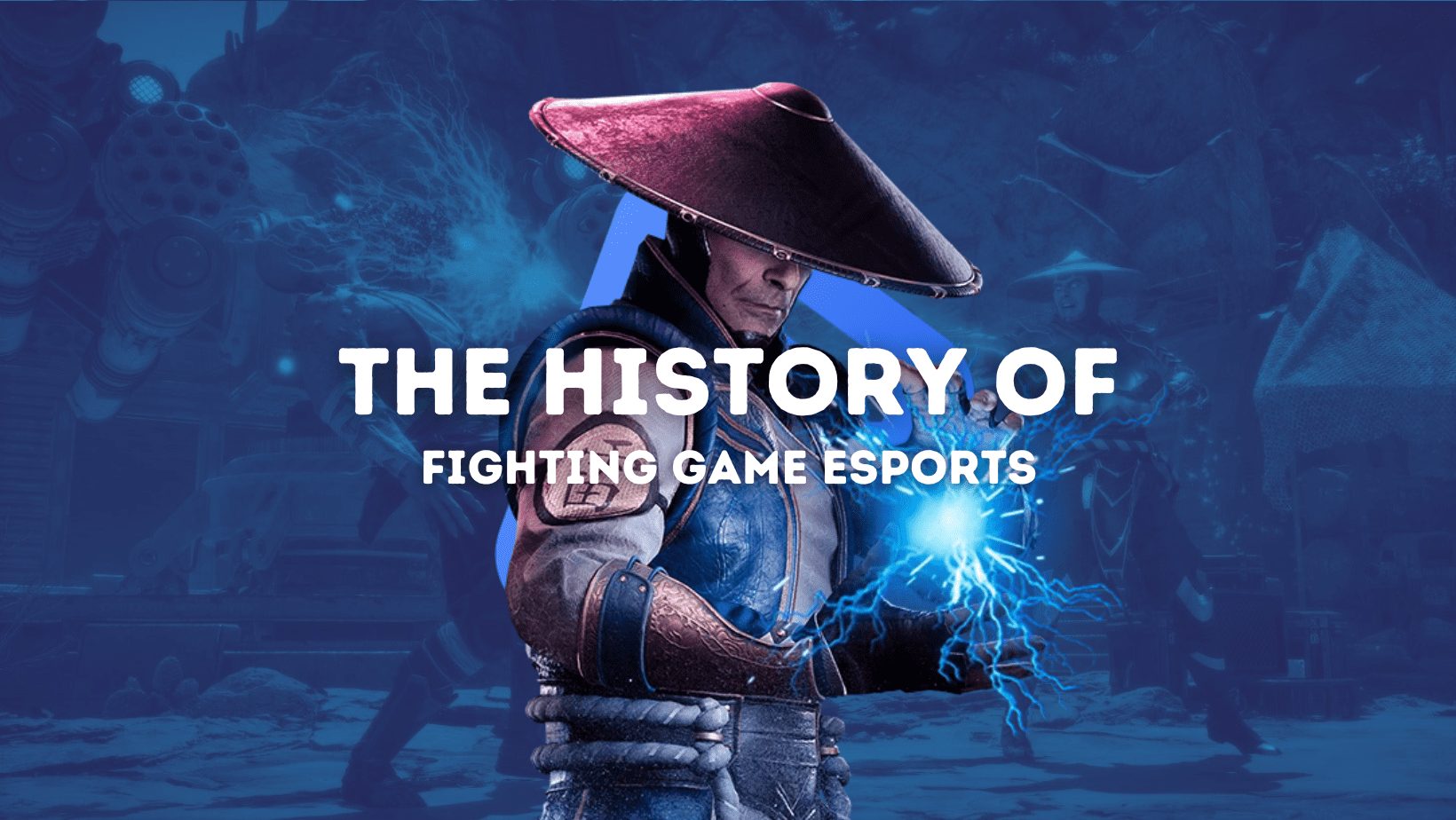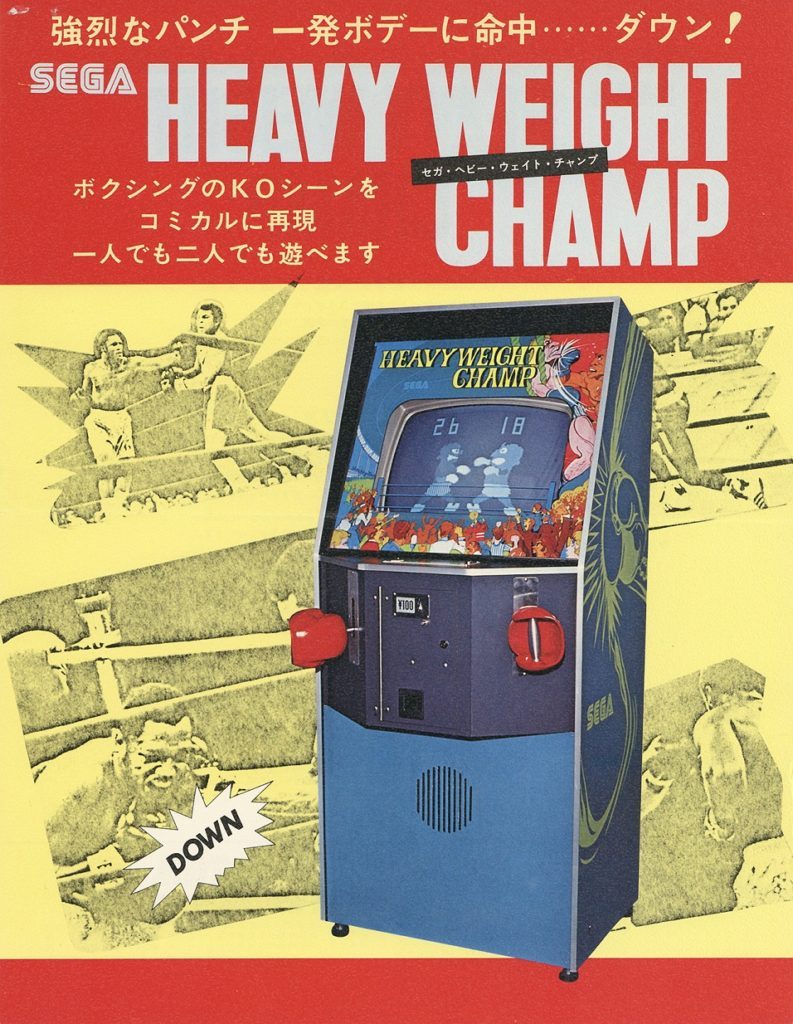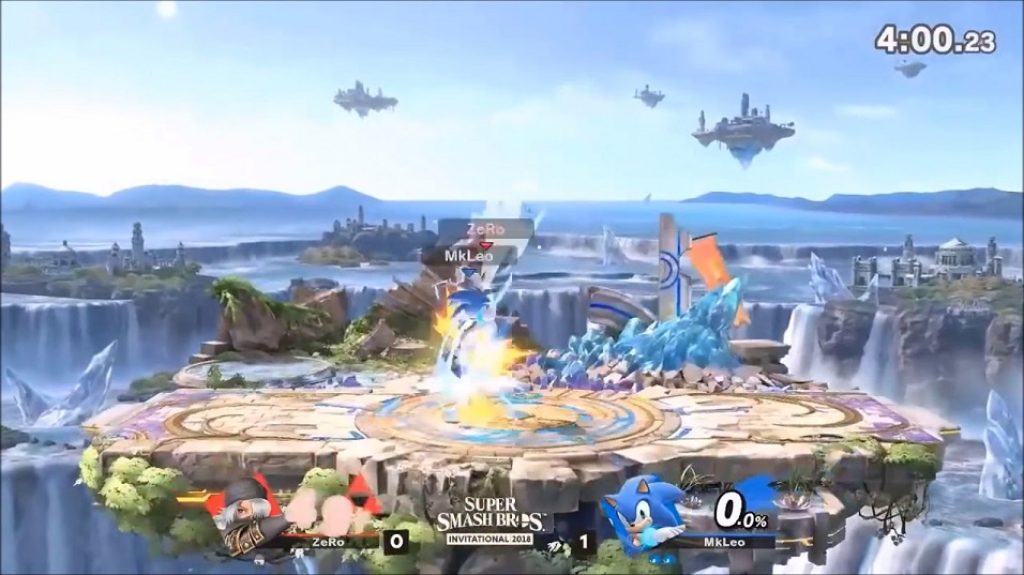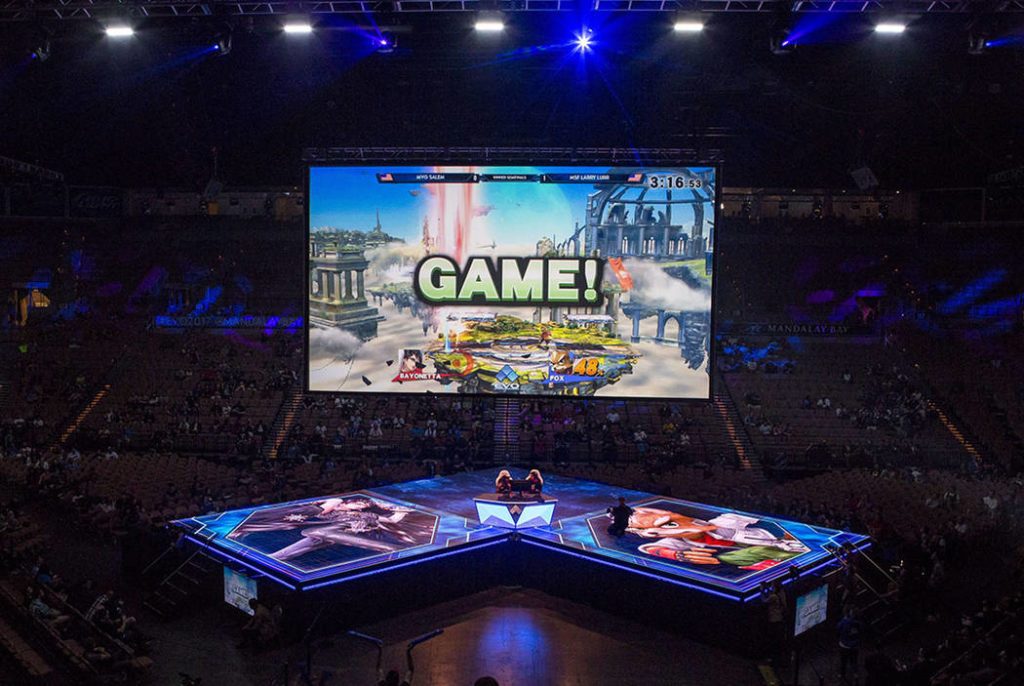The History of Fighting Game Esports

There’s no shortage of fighting games on the market today, and the genre enjoys one of the richest histories of any esports genre.
That being said, the genre has posed major challenges in the last few years, with major scandals and canceled esports competitions putting pressure on fighting game companies and esports organizers.
In this post, we’ll go into detail on the history of fighting game esports, as well as briefly discuss how we expect the genre to develop in the future.
Check out also our articles about FPS, Battle Royale, Fighting Game, Card Game, and Real-Time Strategy esports.
Which games are classed as fighting games?
Fighting games are a sub-genre of action games in which multiple characters fight against each other. Well-known examples of famous fighting games include Street Fighter and Mortal Combat.
They are often easy to play, attracting new players to the genre.
However, mastering these games can be challenging, making them a perfect game type for esports. With a vast array of moves, special abilities, and even weapons, these games offer both variability and excitement, which has resulted in continuous interest from players for the past thirty-plus years.
The early fighting games
The fighting game genre is one of the oldest gaming genres around, with roots in the arcades of the 1970s and 1980s. The arcade games Heavyweight Champ (1976) and Warrior (1979) are the two games often considered the first fighting games, but there were plenty of other games released around the same time with similar features.

However, a few games don’t make a genre, and the true rise of the fighting game genre started in the 1980s with games like Kung-Fu Master, Super Punch-Out, and Karate Champ. These games contained most of the basic features one would expect from a modern fighting game, although the graphics left something to be desired.
By the end of the 1980s, the first Street Fighter had been released which paved the way for the genre’s mainstream adoption in the nineties.
The 90s – The true start of the fighting game era
The early nineties saw releases like Streetfighter 2, Mortal Combat, and Fatal Fury, which are generally considered the first TRUE modern fighting games. Many of these game titles, or their sequels, are still played today.
In 1993, Mortal Combat was first made available in the form of a home console, expanding the genre from a purely arcade-based game into a true modern console game.

3D games also emerged in the second half of the 1990s, with Battle Arena Toshinden, which was released in 1995, being the first 3D fighting game to enter the market.
Other well-known titles including Tekken, Dead or Alive, and X-Men vs Street Fighter were also released around the same time, all three of which played an important role in the progression of the genre and saw a significant number of players.
The early 2000s – The start of fighting game esports
The early two-thousands saw a shrinking market for fighting games, especially due to reduced demand and dwindling popularity of arcades.
However, there were still some interesting titles released in this period, some of which include Guilty Gear X, Guilty Gear XX, Melty Blood, and Virtua Fighter 4. Although many of the games launched in this period failed to reach the level of popularity that many of the bangers of the mid-nineties reached, it is safe to say that they could still be seen as successful fighting games in their own right.

Although the genre’s popularity took a beating in this period, it is also when fighting game esports first really started taking, with various larger tournaments being for both arcade and console games.
The late nineties saw some fighting esports, predominantly in the form of smaller arcade-based competitions. But the true fighting game esports competitions we know and love today only really started to take off in the early 2000s.
2005 to today
The revival of Street Fighter and Tekken in the late 2000s/early 2010s sparked a new interest in fighting games, both of which sold millions of copies. In the following years, various new releases would help to keep the genre alive, although they failed to hit the sales numbers that Street Fighter and Tekken’s new releases did.
This changed when Super Smash Bros: Ultimate, which was launched in 2018, became the best-selling fighting game to date with nearly 26 million copies sold worldwide.

From then on, the fighting genre has remained steady. Even though it’s not the largest gaming genre, it enjoys a strong fanbase and lively esports community.
The first fighting game esports tournaments
Fighting games were among the first esports games, with Street Fighter Arcade Games being played in tournaments as early as 1996, and Super Smash Bros being played professionally by 2004.
However, many of the tournaments of the mid to late nineties were on a smaller scale than what we know today. Many of them were played in local arcades and featured mainly local players.
The most notable early esports championship which included fighting games was the Evolution Championship Series (1999), which covered Street Fighter and Marvel vs Capcom. This was the first large fighting game esports competition and one that’s still thriving today.
The Tournament Go Series in California (2002) is another notable early fighting game esports tournament as one of the first Super Smash Bros. Melee tournaments. The IVGF Northwest Regionals, hosted in 2003, was another popular Super Smash Bros Tournament hosted the following year and the first tournament with a corporate sponsor.
The evolution of fighting game esports
As the years progressed, fighting games saw a small decline in interest, although their core fanbase remained strong. Certain competitions, including the Evolution Championship Series, continued to feature fighting games, and continue to do so today.

The Major League Gaming (MLG) Pro Circuit added and dropped various fighting games throughout the years, including Super Smash Bros. Melee, Mortal Combat, and Tekken 5.
2013 saw EVO 2013 revive Super Smash Bros. Melee for a few years after the game had been dropped from most major tournaments in the years prior. This resulted in another five years of esports success for the game and increased interest in the genre as a whole.
Conclusions
To this day, large competitions like the Evolution Championship Series remain at the center of the fighting game esports scene. The COVID pandemic delayed or even canceled certain competitions, including the Evolution Championship Series, but this isn’t expected to hinder the future growth of the sport.
In 2020, a sexual harassment scandal erupted on EVO, with accusations of sexual harassment and misconduct being directed towards the co-founder (Joe Cuellar). This has led various game developers to pull out of the competition, resulting in decreased viewer numbers and waning interest.
As a whole 2020 was a bad year for the fighting game scene, but recovery seems to be swift, with new games garnering a lot of hype upon release. Brawlhalla recently announced a prize pool of $1,320,000, which is the largest fighting game esports prize pool to date.
The fighting game esports genre is unlikely to see the same level of adoption as first-person shooters and sports game esports enjoy, but we do expect to see the genre grow with the industry over the next few years.
This will hopefully inspire more people to start following and getting involved in the genre.




